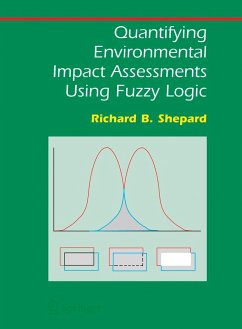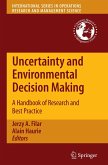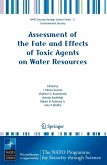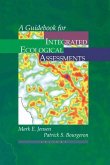Environmental impact assessments are required for a wide-range of projects throughout the world. These assessments have increasing involved complex, political decision-making and incorporated values and beliefs of both stakeholders and interested parties. However, the results are often ineffective because values and beliefs are not easily quantifiable, and decisions are considered subjective. This analysis recognizes these problems and proposes practical methods based on fuzzy logic that will enable people preparing assessments to define terms and quantify opinions and input so that they are agreed upon by all involved parties. Fuzzy logic also quantifies the complex environmental, economic and social conditions that are present and are predicted by project alternatives. The author places special emphasis on the types of issues that frequently arise in NEPA environmental assessments and environmental impact statements and in similar regulations that are used in jurisdictions regionally and internationally. The new methods are intended to reduce the time and cost of assessments, while producing justifiable results.
First, issues related to current environmental impact assessment methods are discussed. Then the book discusses how lessons learned from computational intelligence can address these problems. It describes how a systematic, logical approach to environmental assessment can be applied to a variety of complex situations. Finally, the design and implementation of a more objective and powerful assessment is demonstrated through a worked example. Explanations of computational intelligence techniques and discussions of helpful software are intended to benefit those people actually preparing and using environmental assessments--in language that makes the process transparent and transferable to all types of systems.
Hinweis: Dieser Artikel kann nur an eine deutsche Lieferadresse ausgeliefert werden.
First, issues related to current environmental impact assessment methods are discussed. Then the book discusses how lessons learned from computational intelligence can address these problems. It describes how a systematic, logical approach to environmental assessment can be applied to a variety of complex situations. Finally, the design and implementation of a more objective and powerful assessment is demonstrated through a worked example. Explanations of computational intelligence techniques and discussions of helpful software are intended to benefit those people actually preparing and using environmental assessments--in language that makes the process transparent and transferable to all types of systems.
Hinweis: Dieser Artikel kann nur an eine deutsche Lieferadresse ausgeliefert werden.








